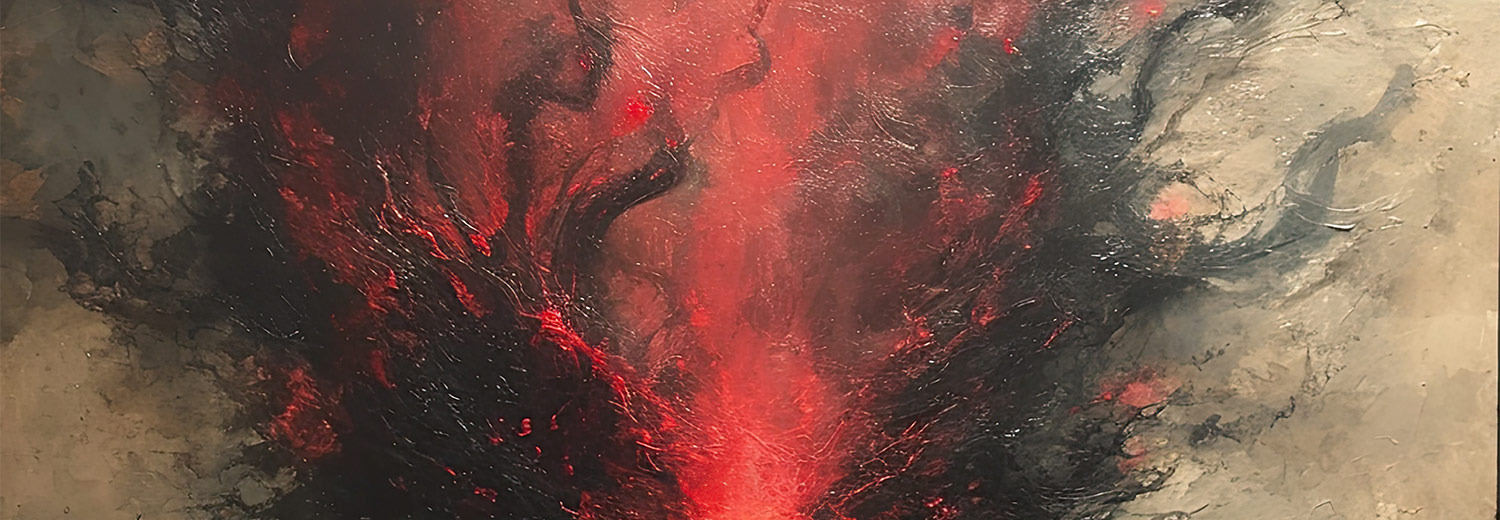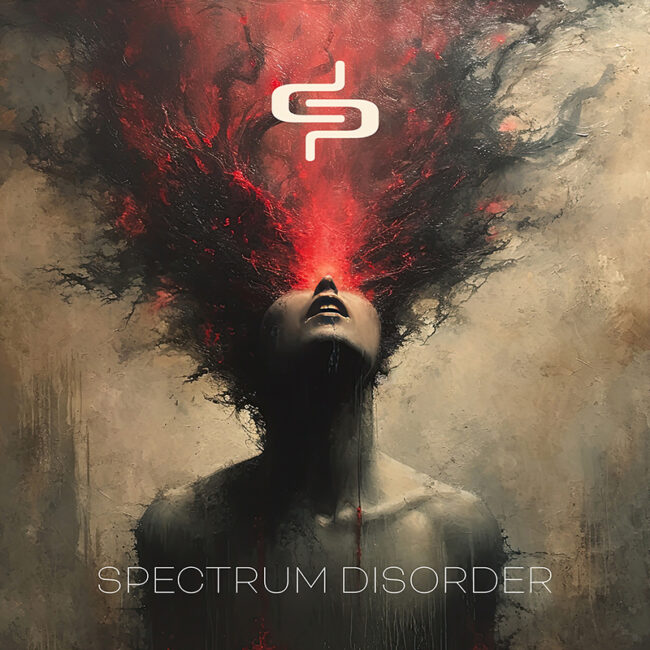“In scientific terms, pattern perception refers to the cognitive process of identifying patterns, even when none exist. This can lead to the perception of connections or relationships that are not actually present.”
A music fan from an early age, Dave Patterns only started to produce music himself during the Covid lockdowns. “I found it a healthy escape from the situation we were going through, and also realised what a huge new creative outlet I had found,” he says. “I was addicted straight away.”
Initially, Dave tried to make music to fit the sound of established record labels, but realised that the effort was stifling him. He threw the rulebook out, and started making music that was simply an amalgamation of all the different styles that he liked. Tempos and genres didn’t matter any more – as long as the mood he was in at the time was reflected, it was all good.
Calling himself Pattern Perception, after a while this boy from the Black Country in the Midlands started uploading his tracks to the BBC Introducing uploader, and garnering plays from assorted regional DJs like Theo Johnstone, Amber D and Dean Jackson. He was discovered by Jack Said What via one of Grahame Farmer’s Data Transmission demo feedback sessions. Recognising kindred spirits, he quickly became one of the firm.
The album moves through emotive dubstep (’Too Little Too Late’, ‘By My Side’) and dreamy breakbeat (‘Forget Me Not’, ‘Roses’) before it gets to ‘One More Hit’, the first single from the album. Its faraway melancholic piano intro is soon added to by a sultry male vocal before it builds into a groundswell of rising-tide emotion. This lovelorn paean is one of the standout tracks from ’Spectrum Disorder’.
Throughout its ten tracks, deep basslines burrow into your soul, while piano keys tweak your synapses. ‘Lost In The Crowd’ is artcore jungle, while ‘This Is What I Am’ is more of a grime cut that includes the immortal line “Get bus back” that’s become something of a Jack Said What catchphrase! ‘Say A Prayer For Myself’ starts with another gorgeous piano intro which unfolds into a breakbeat workout before the album’s token cover version eases in. Only a brave person would attempt a reworking of Bronski Beat’s incredible ’Smalltown Boy’, but by flipping the script — bringing in singer Starling and rewording as ’Smalltown Girl’ — the gay anthem takes on a whole new meaning. This is another of the album’s singles that will come with a gaggle of remixes by Zed Bias and others.
Finally, a tech-housey ‘The One’ — one of the first Patterns tracks to see the light of day — rounds off an immersive, psychelectronic, fractal-fabulous album that’s going to remembered and played for a very long time.
Psychedelic adventurer Dave freely admits that it was more by luck than anything that his tunes turned out with a haunted otherworldliness. He uses a lot of minor chords, as these resonate with him the most, and his use of strings and pianos — sometimes with a slightly submerged feel — mark him out. He considers that it’s his lack of technique that gives him his signature sound.



 BEATPORT
BEATPORT TRAXSOURCE
TRAXSOURCE BANDCAMP
BANDCAMP SPOTIFY
SPOTIFY APPLE
APPLE AMAZON
AMAZON

